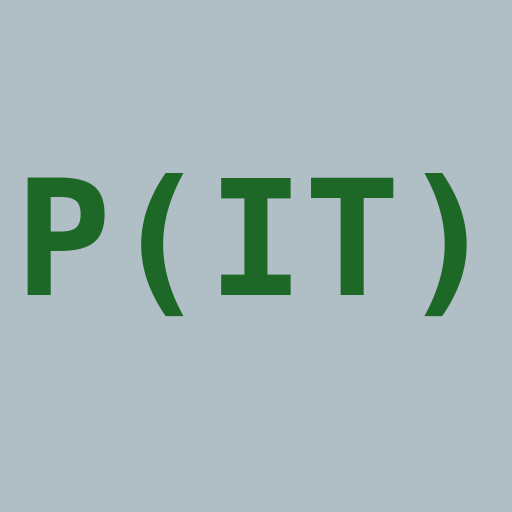Bayes Rule in Odds Form
Using Bayes’ rule in its commonly stated form requires arithmetic and probability estimation that can be difficult to apply mentally on the fly. Stating Bayes’ rule in its lesser known odds form makes it significantly more usable for on the fly calculations.
Here, \(o(H)\) represents your prior odds in favour of hypothesis \(H\). The result of the application is \(o(H|E)\), which represents your updated belief of the odds in favour of hypothesis \(H\), after having considered evidence \(E\).
Computing this odds ratio is the most difficult part of applying the odds form of Bayes’ rule, since it requires estimating the probability of seeing evidence \(E\) both when hypothesis \(H\) is true, and when it is false, and then dividing the two numbers. However, we can usually work with rough estimates that make this computation easier.
Let’s take the classic taxi cab problem: a taxi cab was involved in a hit and run at night. Two cab companies operate in the city: blue and green. Which one is at fault?























